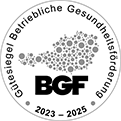Klagenfurt-Berlin Workshop on Multiple Perspectives in Optimization
Strengthening collaborations with highly renowend Universities is among the aims of the area of research strength MPOpt — Multiple Perspectives in Optimization. A workshop with researchers from TU Berlin, including the two Einstein Professors Martin Skutella and Peter Friz, took place in June at the University of Klagenfurt. Funding from MATH+, the Berlin Mathematics Research Center, made this workshop possible.











